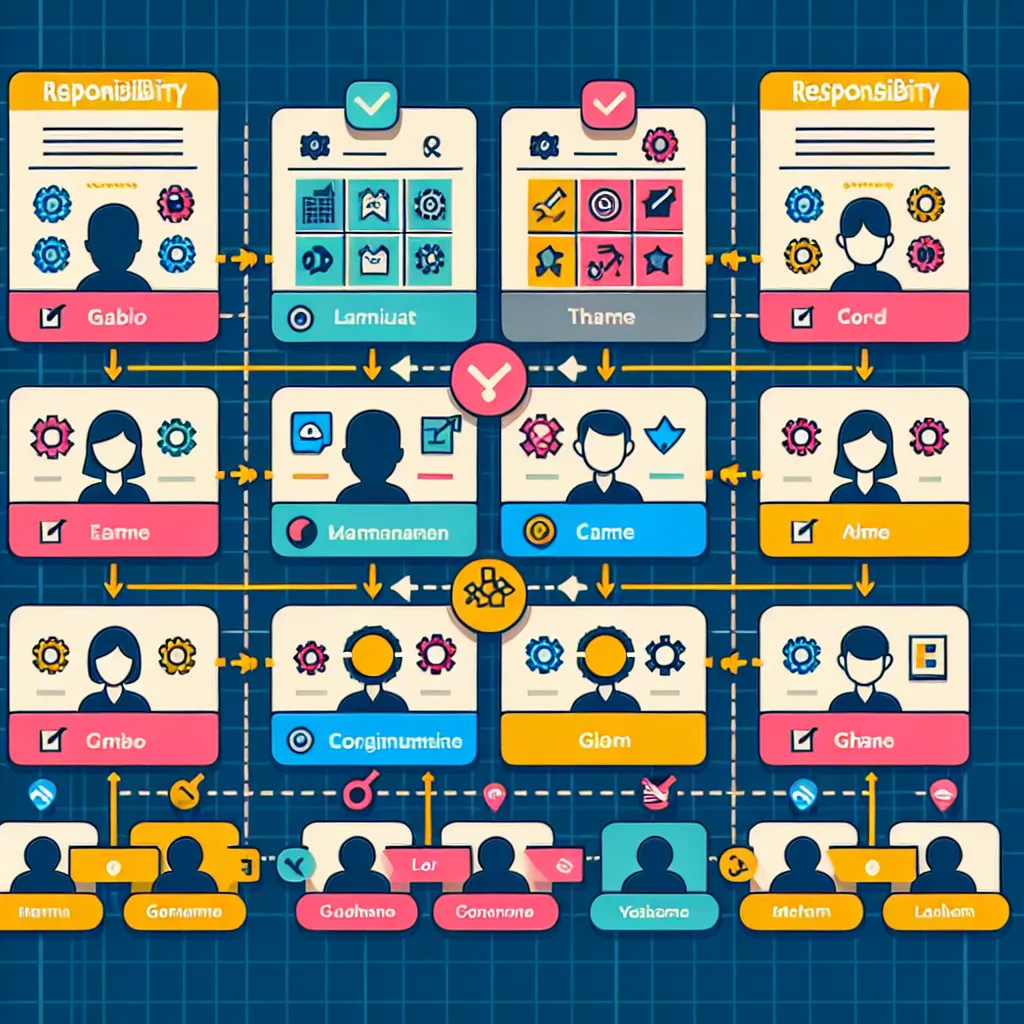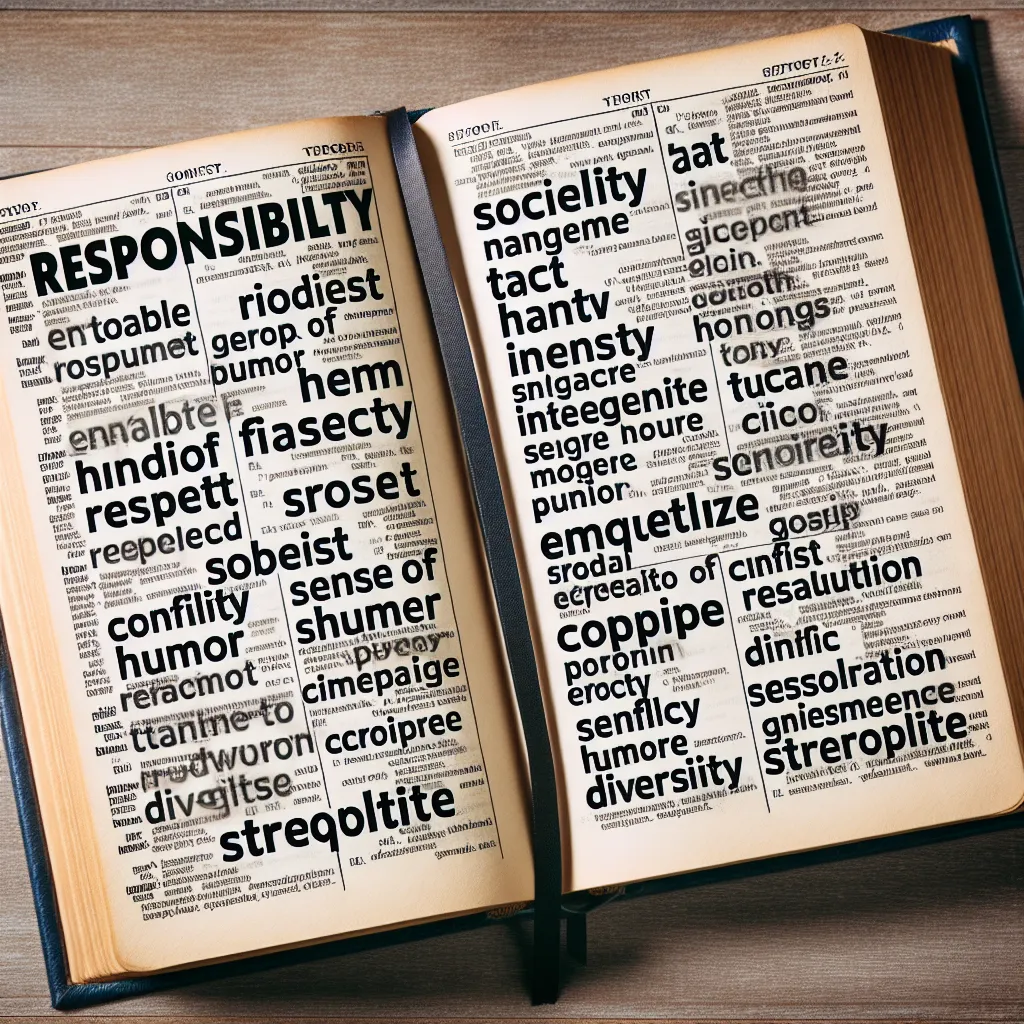Ask AI on The Internet
Question: What is the Responsibility Matrix in project management?
A Responsibility Matrix, often referred to as a Responsibility Assignment Matrix (RAM) or RACI Matrix, is a key project management tool used to delineate the roles and responsibilities of team members for project tasks and deliverables. Here's a detailed view of this tool: ### Key Elements of a Responsibility Matrix 1. **Tasks/Deliverables**: - Listed usually in the rows of the matrix. - Represents specific project tasks, milestones, or deliverables that need to be completed. 2. **Team Members/Positions**: - Listed typically in the columns of the matrix. - Represents individuals, roles, or teams involved in the project. 3. **Roles and Responsibilities**: - **R - Responsible**: The person or role assigned to complete the task. This person does the work. - **A - Accountable**: The individual ultimately accountable for the task’s completion and the decision-making process. There must be only one 'A' for each task. - **C - Consulted**: Those whose opinions are sought and considered. These are typically subject matter experts or stakeholders. - **I - Informed**: Those who need to be kept informed of the progress and completion of the task but do not need to participate in the decision-making process. ### Steps to Create a Responsibility Matrix 1. **Identify Tasks and Deliverables**: - List all tasks that need to be completed during the project. 2. **Identify Roles/Positions**: - List all team members, roles, or departments involved in the project. 3. **Assign Responsibilities**: - Determine who will be Responsible, Accountable, Consulted, and Informed for each task. 4. **Review and Validate**: - Verify with the team and stakeholders to ensure everyone understands their roles and responsibilities. 5. **Distribute and Communicate**: - Share the finalized matrix with the team and ensure it is accessible as a reference throughout the project. ### Benefits of Using a Responsibility Matrix - **Clarity in Roles**: - Clearly defines each team member's responsibilities, reducing ambiguity and overlapping duties. - **Improved Communication**: - Enhances communication by specifying who needs to be consulted and informed for each task. - **Accountability**: - Ensures that tasks have a clear owner accountable for their completion. - **Balanced Workload**: - Helps in identifying overloaded or underutilized resources, allowing for balanced work distribution. - **Better Decision-Making**: - Streamlines decision-making processes by clearly specifying who is responsible for making decisions and who should be consulted. ### Example of a RACI Matrix | Task/Deliverable | Team Member A (Role1) | Team Member B (Role2) | Team Member C (Role3) | Team Member D (Role4) | |----------------------|------------------------|------------------------|------------------------|------------------------| | Task 1: Requirement Gathering | R | A | C | I | | Task 2: Design | A | R | C | I | | Task 3: Development | R | A | I | C | | Task 4: Testing | I | C | R | A | | Task 5: Deployment | C | I | A | R | In this example: - For Task 1, Team Member A is responsible for gathering requirements, Team Member B is accountable, Team Member C is consulted, and Team Member D is informed. - This schema is followed for each listed task. By using a Responsibility Matrix, project managers can ensure smoother project execution with well-defined responsibilities, clearer communication among team members, and immediate identification of who is responsible for what, ultimately leading to more efficient and successful project outcomes.
Think your answer is better than the AI's? Post it below.
Other Most Relevant Posts:
Question Tags
If you want your question answered by an AI, click here.







Post your own comment: